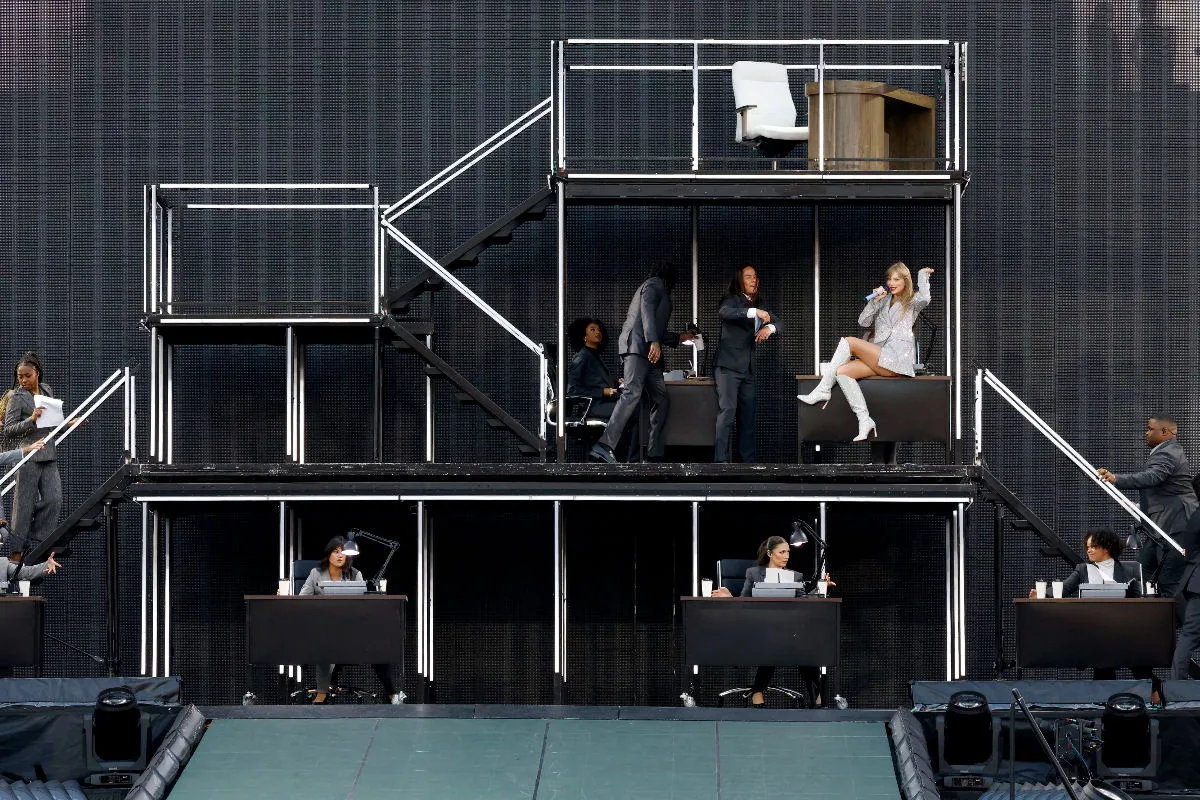Iconic Stage Designs in History and How to Recreate Them

Strong 8k brings an ultra-HD IPTV experience to your living room and your pocket.
Stage design has always been a crucial element of theatrical performances, bringing stories to life by creating immersive worlds for audiences. From minimalist settings to elaborate spectacles, iconic stage designs have shaped the history of theater, leaving an indelible mark on the performing arts. Today, modern designers draw inspiration from these legendary setups to recreate magic on stage. In this article, we will explore some of the most iconic stage designs in history, their defining features, and tips on how you can adapt these designs for contemporary performances, including "Florida Junior Thespian one-act plays."
The Globe Theatre: Shakespeare’s Timeless Platform
One of the most recognizable stage designs in theater history, the Globe Theatre was built in 1599 and served as the venue for William Shakespeare’s plays. The open-air structure, with its circular design and thrust stage, allowed for intimate interactions between actors and audiences. The lack of elaborate scenery emphasized the use of language and imagination to set the scene.
How to Recreate It:
Use a thrust stage for a more immersive audience experience.
Incorporate period-appropriate props and costumes to evoke the Elizabethan era.
Simplify the set design, focusing instead on lighting and sound to enhance storytelling.
The Phantom of the Opera: The Majestic Chandelier
Andrew Lloyd Webber’s The Phantom of the Opera is synonymous with grandeur, particularly its breathtaking chandelier scene. This set design brought opulence to life, featuring intricate architectural details and a dramatic descent of the chandelier, creating a moment of unforgettable spectacle.
How to Recreate It:
Opt for large-scale props, such as chandeliers or drapery, to create a sense of opulence.
Use rigging systems and lighting to enhance dramatic moments.
Emphasize rich color palettes like gold, burgundy, and deep green to evoke luxury.
The Lion King: Puppetry and Organic Scenery
Julie Taymor’s Tony Award-winning production of The Lion King redefined stage design with its innovative use of puppetry, costumes, and naturalistic sets. The integration of African-inspired motifs and larger-than-life animal puppets transformed the stage into a vibrant savanna.
How to Recreate It:
Incorporate handcrafted elements like masks, puppets, and textiles.
Use earthy tones and natural materials to mimic organic environments.
Focus on choreography that integrates the set and props into the movement of actors.
Les Misérables: The Revolving Stage
The stage design for Les Misérables introduced a groundbreaking revolving platform, which added fluidity and dynamism to scene transitions. This innovation allowed for seamless storytelling and iconic moments, such as the barricade scenes.
How to Recreate It:
If a revolving stage isn’t feasible, use creative blocking and projections to simulate movement.
Build modular set pieces that can be easily rearranged for quick transitions.
Use muted, gritty tones to reflect the somber themes of the story.
Hamilton: Minimalism Meets Symbolism
Lin-Manuel Miranda’s Hamilton captivated audiences with its minimalist stage design, featuring a single set with wooden scaffolding, rotating platforms, and clever use of lighting. This approach allowed the actors and choreography to take center stage while reflecting the historical setting.
How to Recreate It:
Embrace simplicity by using a single, multipurpose set.
Focus on dynamic lighting and projections to enhance the narrative.
Use period-inspired materials like wood and brick for authenticity.
Tips for Adapting Iconic Designs for Modern Productions
Whether you're staging a high school performance or producing a professional show, adapting iconic stage designs requires creativity and practicality. Here are some tips:
Budget-Friendly Alternatives: Use cost-effective materials like foam board, fabric, or digital projections to replicate intricate designs.
Modern Technology: Incorporate LED lighting, projections, and sound effects to elevate the experience without requiring extensive physical sets.
Customization: Tailor iconic designs to suit the scale and themes of your production.
Collaboration: Work closely with directors, choreographers, and technical crews to ensure seamless integration of stage elements.
Why Iconic Stage Designs Matter for Aspiring Performers
For student productions, like those participating in "Florida Junior Thespian one-act plays," iconic stage designs offer invaluable lessons in creativity, resourcefulness, and storytelling. Reimagining these legendary setups not only enhances the visual impact but also fosters a deeper understanding of theater’s rich history and the innovative minds that shaped it.
Partner with Palco Specialties for Exceptional Stage Designs
At Palco Specialties, we understand the power of extraordinary stage design. Whether you’re recreating a historical masterpiece or developing a cutting-edge concept, our team provides custom solutions to bring your vision to life. From modular set pieces to state-of-the-art rigging systems, we have the expertise to make your production unforgettable.
Explore the magic of theater and leave a lasting impression with iconic stage designs. With creativity and the right resources, the possibilities are endless!
Note: IndiBlogHub features both user-submitted and editorial content. We do not verify third-party contributions. Read our Disclaimer and Privacy Policyfor details.


